Comparing Slot-Die Coating and Other Deposition Techniques for Uniform Nanoparticle Arrays in Flexible Electronics
Schemativ representation of spin coating, dip coating, slot-die-coating, and electrospray deposition illustrate the various approaches used to deposit micellar arrays.
Overview
In a recent study, researchers investigate the relationship between various deposition techniques and the arrangement of nanoparticles in flexible and printed electronics. Nanoparticles synthesized via reverse micelle templating—a bottom-up approach—are organized into two-dimensional (2D) arrays, essential for numerous applications such as solar cells, LEDs, and sensors. The key challenge lies in controlling the interparticle distance and achieving uniform, defect-free coatings across large areas. The study provides a comprehensive comparison of four deposition methods—spin coating, dip coating, slot-die coating, and electrospray deposition—and their impact on the resulting nanoparticle arrays. The goal is to establish general guidelines for controlling deposition parameters to achieve uniformity and high order in nanoparticle arrangements.
Key Highlights
Reverse Micelle Templating: This process uses polystyrene-b-poly(2-vinylpyridine) (PS-b-P2VP) block copolymers to form reverse micelles that encapsulate a wide range of materials, including metals, oxides, and semiconductors. The study focuses on arranging these nanoparticles into ordered 2D arrays using various deposition techniques.
Deposition Techniques Compared: The study systematically compares spin coating, dip coating, slot-die coating, and electrospray deposition. These methods are evaluated for their ability to control interparticle distance, produce uniform films, and minimize defects. Each technique has its own operational limits, and the study identifies the parameters needed to optimize each method.
Ellipsometry as a Tool: Ellipsometry is introduced as a novel, rapid tool for assessing film thickness and interparticle spacing across large sample areas. The technique provides a practical way to tune deposition parameters and maintain uniformity, avoiding the pitfalls of more localized imaging techniques like atomic force microscopy (AFM) or scanning electron microscopy (SEM).
Operational Windows: The study identifies the stable operational windows for each deposition technique. These windows represent the range of conditions under which uniform coatings can be achieved without defects. By understanding these windows, the study offers practical guidelines for adjusting deposition parameters to achieve the desired nanoparticle spacing and film uniformity.
The Slurry Coater is a precision tool designed for wet film deposition in laboratory-scale R&D, ideal for coating functional materials like battery slurries, perovskite inks, conductive pastes, and sensor formulations
Introduction
The significance of nanoscale structures like quantum dots, which exhibit unique physical properties due to quantum confinement and high surface area-to-volume ratios, is highlighted, particularly in light of the 2023 Nobel Prize in Chemistry for the discovery of quantum dots. Nanoparticles can be used in a variety of flexible electronics, such as in optoelectronic devices (e.g., solar cells, LEDs) and plasmonic devices (e.g., sensors). The arrangement of nanoparticles within 2D arrays greatly influences their performance, particularly in terms of their optical, magnetic, and catalytic properties. This makes controlling the interparticle distance crucial for optimizing device performance.
Nanoparticles in these arrays can serve as charge injection layers, active layers in devices, or catalytic surfaces. The reverse micelle templating method is an established approach to synthesize nanoparticles and arrange them into highly ordered 2D arrays. This technique is solution-based, making it cost-effective and scalable. The study focuses on deposition techniques for transforming colloidal suspensions of these nanoparticles into ordered arrays on flexible and rigid substrates.
Synthesis and Deposition
Reverse micelle templating involves amphiphilic block copolymers like PS-b-P2VP that form reverse micelles in solution. These micelles encapsulate precursors, such as salts, which can then be converted into nanoparticles through techniques like plasma etching. The challenge lies in transferring these micellar solutions onto a substrate as uniform arrays with controlled interparticle spacing, without altering the synthesis recipe.
Four deposition methods are compared in this study:
Spin Coating: A common laboratory technique where a solution is dispensed onto a rotating substrate, spreading the solution into a thin film. Spin speed, solution volume, and ambient temperature play significant roles in determining film uniformity and interparticle spacing.
Dip Coating: The substrate is immersed in a solution and then withdrawn at a controlled speed. The withdrawal speed and solution viscosity are key factors in achieving defect-free films.
Slot-Die Coating: A method used for large-scale production, where the solution is dispensed through a slot-die head onto a moving substrate. The flow rate and speed of the slot-die head must be carefully controlled to avoid defects such as necking or incomplete coverage.
Electrospray Deposition: A technique that uses an electric field to atomize a liquid into a fine spray, depositing nanoparticles on the substrate. While this method can produce micellar arrays, precise tuning of interparticle spacing was found to be challenging due to limitations in the setup.
It’s easy to create solar cells using the Slot-die Coater.
Defect-Free Operational Windows
Each deposition technique has a specific range of parameters within which uniform, defect-free films can be produced. These are known as "defect-free operational windows." The study identifies common defects encountered with each method and suggests ways to mitigate them:
Spin Coating: Incomplete surface coverage can be resolved by increasing the solution volume or adjusting the ambient temperature. If the spin speed is too low, uneven film thickness can occur.
Dip Coating: Slip-stick defects, which result from inconsistencies during withdrawal, can be mitigated by increasing the withdrawal speed or adjusting the solution's viscosity.
Slot-Die Coating: Necking defects occur when the slot-die head moves too quickly or the flow rate is too low. These can be avoided by balancing the flow rate and head speed and adjusting ambient temperature for optimal film formation.
Electrospray Deposition: While capable of producing nanoparticle arrays, electrospray deposition had issues with film uniformity due to the atomization process, making precise control of interparticle distance difficult.
Ellipsometry as a Novel Tool
The study introduces ellipsometry as a powerful tool to evaluate film thickness and infer interparticle spacing. Unlike microscopy techniques (e.g., AFM, SEM), which provide detailed but highly localized images, ellipsometry offers a rapid, non-destructive method for assessing uniformity across large sample areas. By correlating thickness measurements with interparticle spacing, researchers can quickly adjust deposition parameters without the need for complex imaging.
Ellipsometry measurements are used in combination with AFM to validate the predicted interparticle distances. When deviations from expected thickness occur, multiple sample areas are analyzed to detect potential inhomogeneities. This approach provides a practical framework for optimizing deposition parameters across different techniques.
Conclusion
This study offers a detailed comparison of spin coating, dip coating, slot-die coating, and electrospray deposition for creating ordered 2D arrays of nanoparticles using reverse micelle templating. Each method has its strengths and limitations, and the ability to control interparticle spacing is crucial for various applications in flexible electronics.
The study emphasizes the importance of operating within the stable defect-free window for each technique. Spin coating and slot-die coating are identified as the most versatile techniques for lab-scale and industrial-scale applications, respectively. Ellipsometry, introduced here as a novel tool, proves to be an effective method for assessing film uniformity and tuning interparticle distances.
While the specific results presented are based on lanthanum nitrate-loaded reverse micelles, the principles and operational windows identified are applicable to a wide range of nanoparticle systems. The framework provided by this study will guide future research in optimizing deposition techniques for flexible and printed electronics, contributing to advances in the scalability and functionality of nanomaterial-based devices.
Future Outlook
The study suggests that future research should focus on refining electrospray deposition techniques to improve uniformity and precision. Additionally, alternative strategies for increasing interparticle spacing while maintaining order should be explored, particularly for applications where larger nanoparticle arrays are needed. This work provides a solid foundation for further development of scalable, high-throughput deposition methods in printed electronics and other nanotechnology fields.
Authors:
Pedro Oliveira
Ramis Arbi
Muhammad Munir
Ayse Turak
Lalitesh Patil
Author Affiliations
Department of Engineering Physics, McMaster University
Department of Physics, Centre for NanoScience Research, Concordia University
Institute of Chemical Technology (ICT), Mumbai



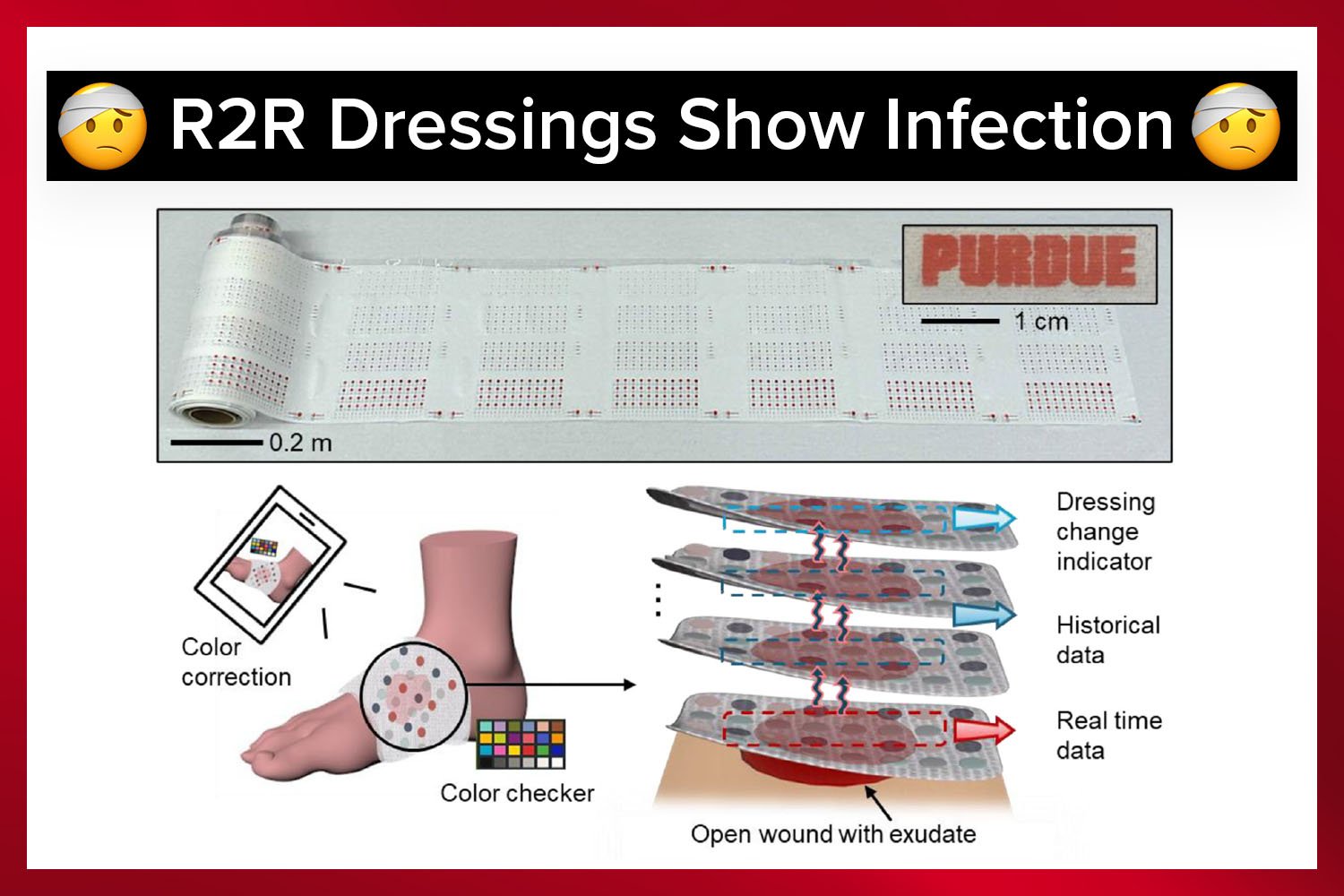
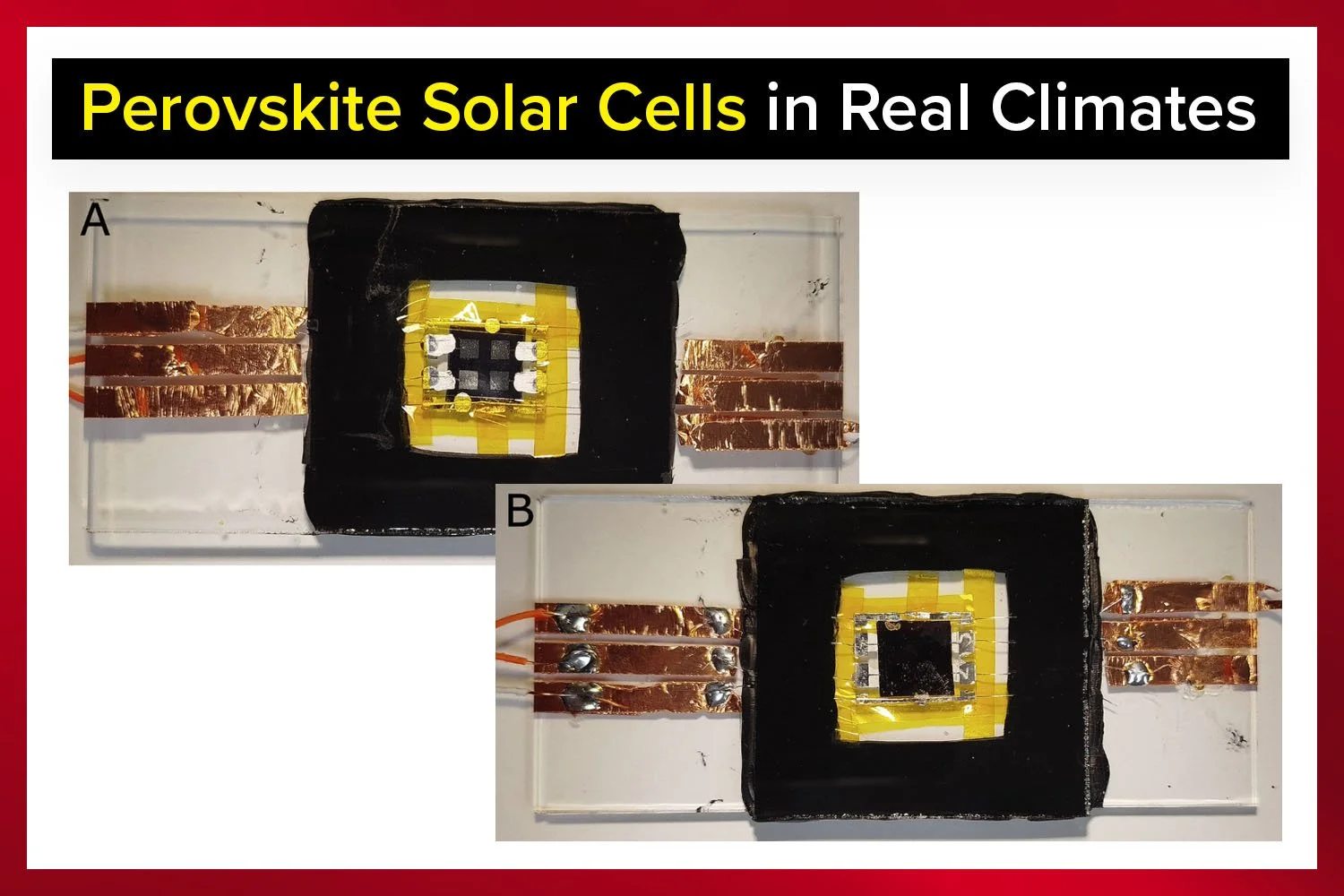
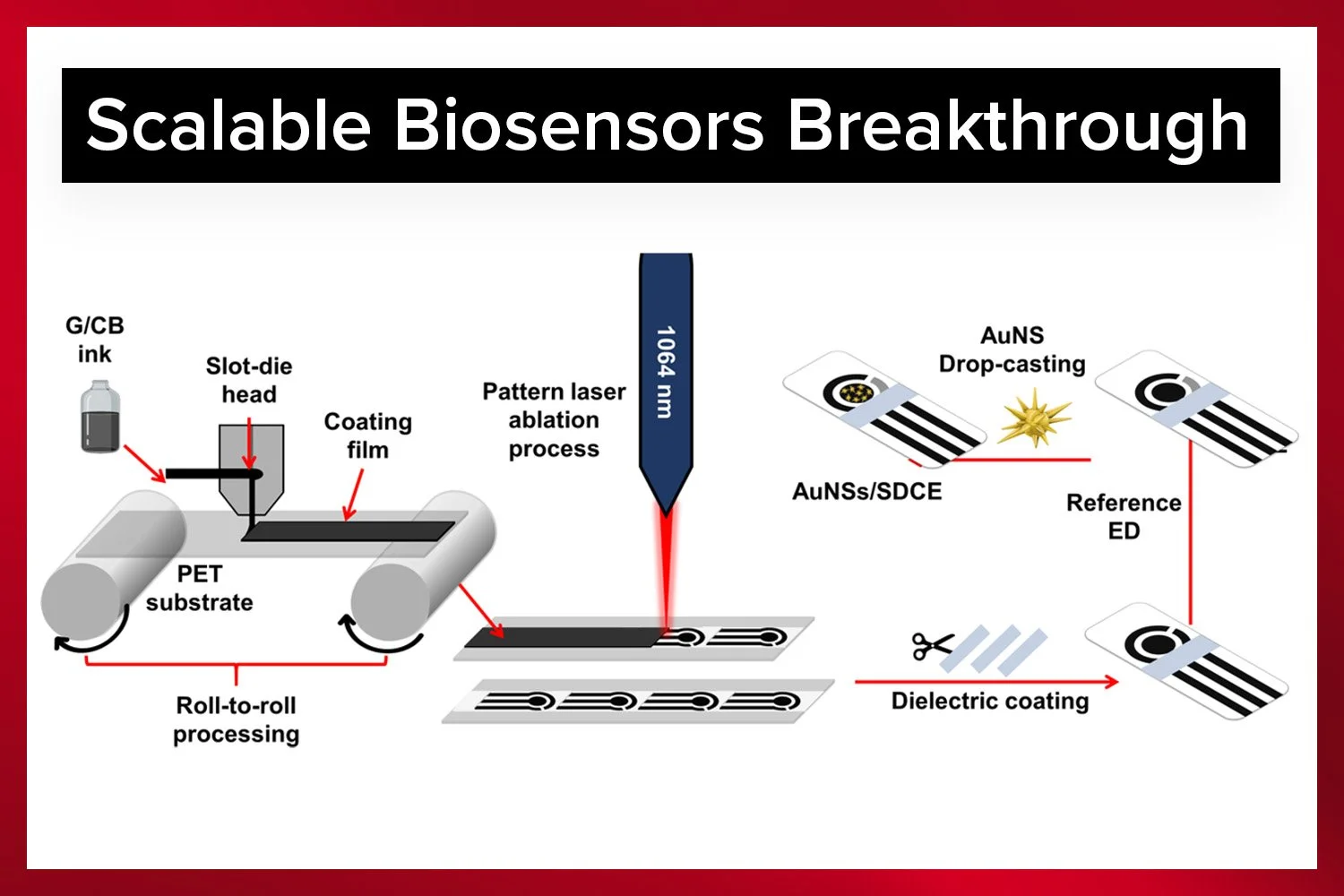

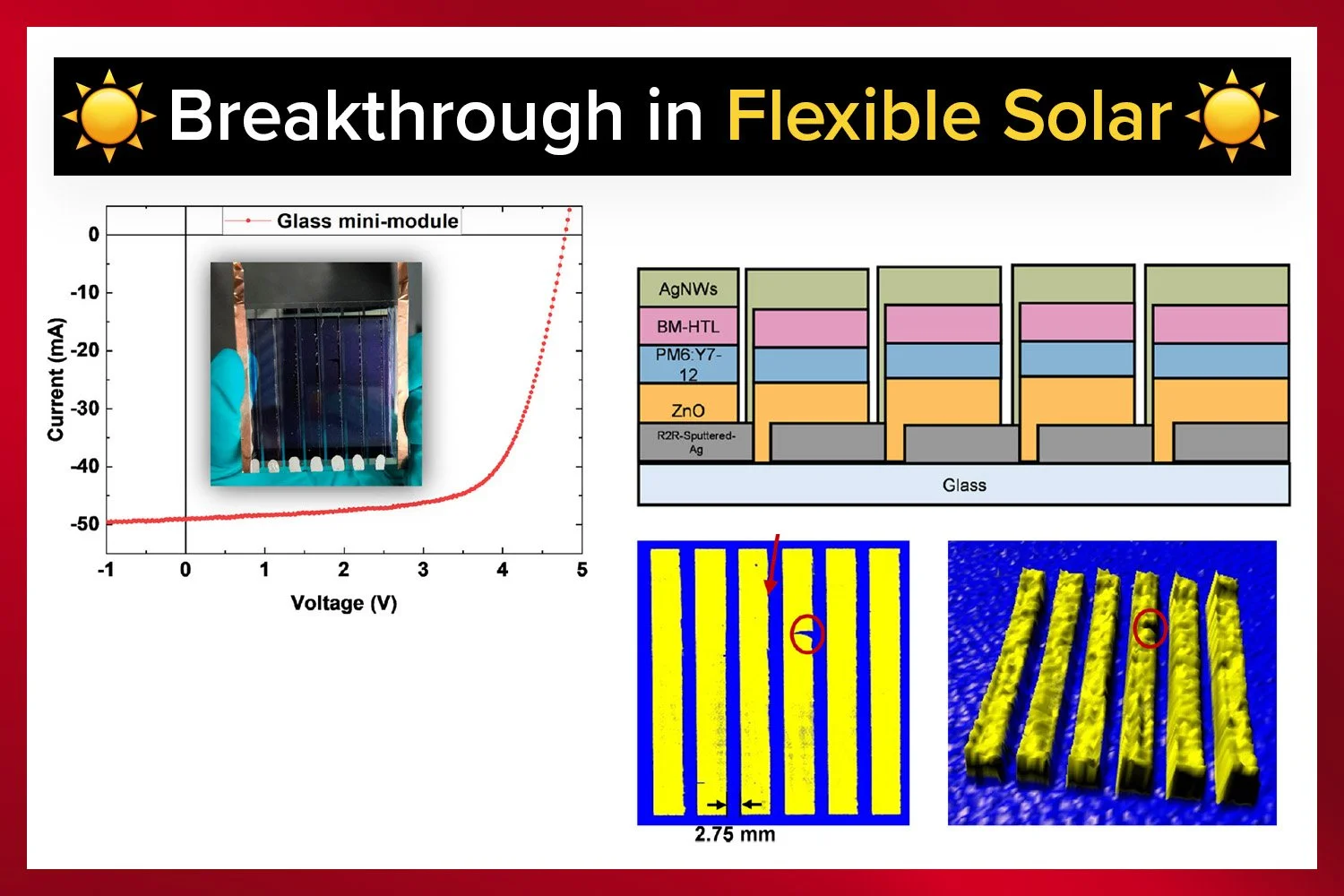

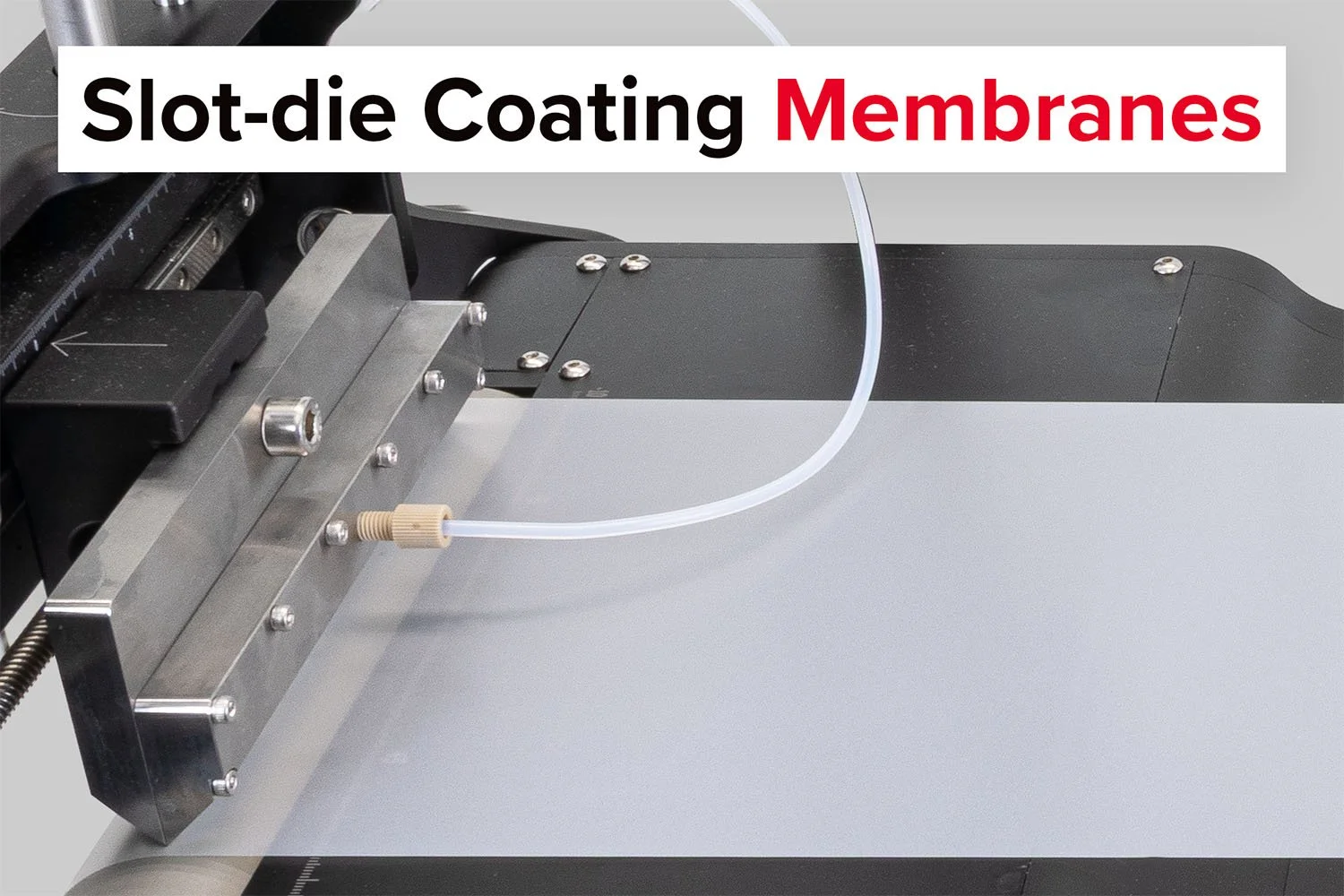
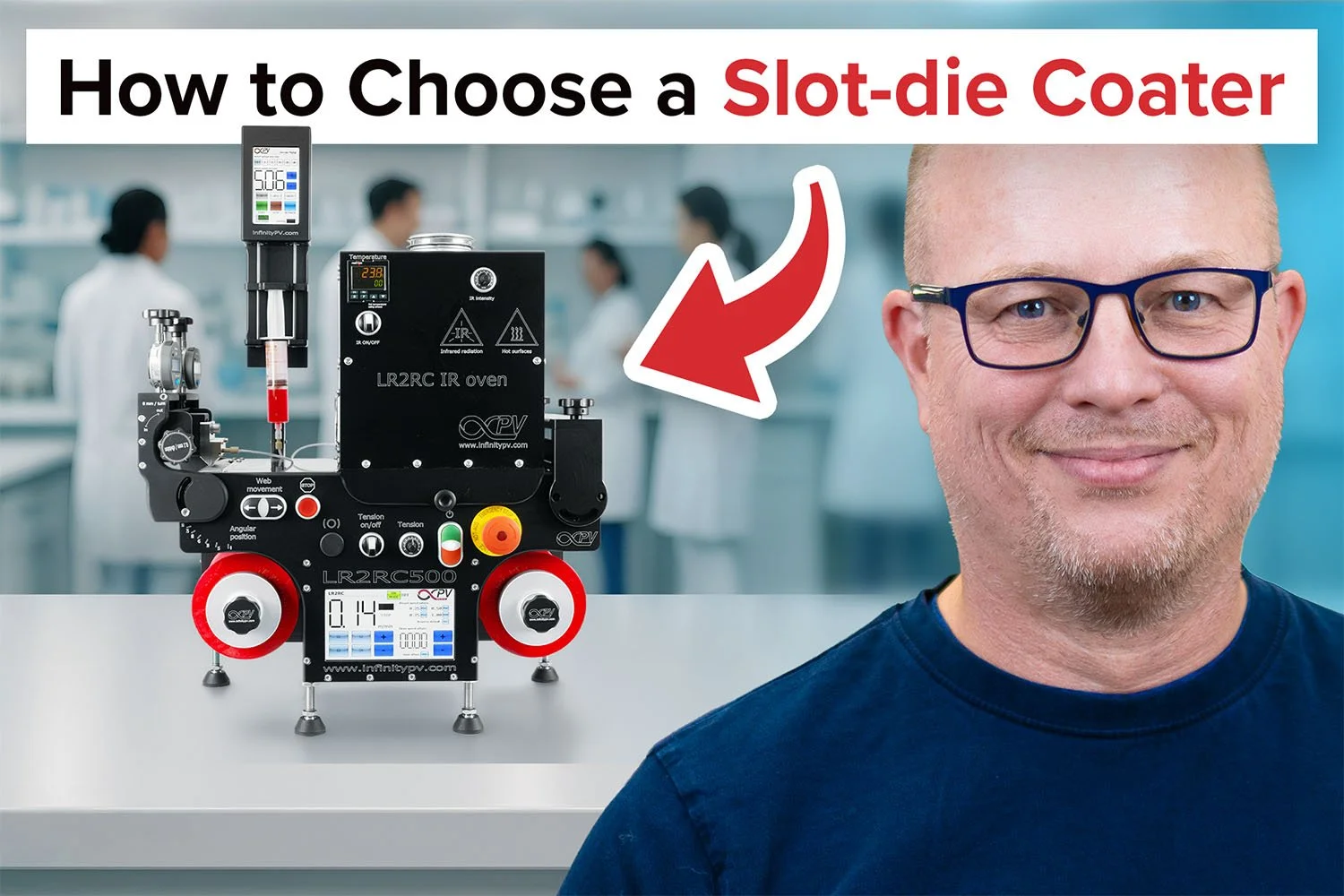
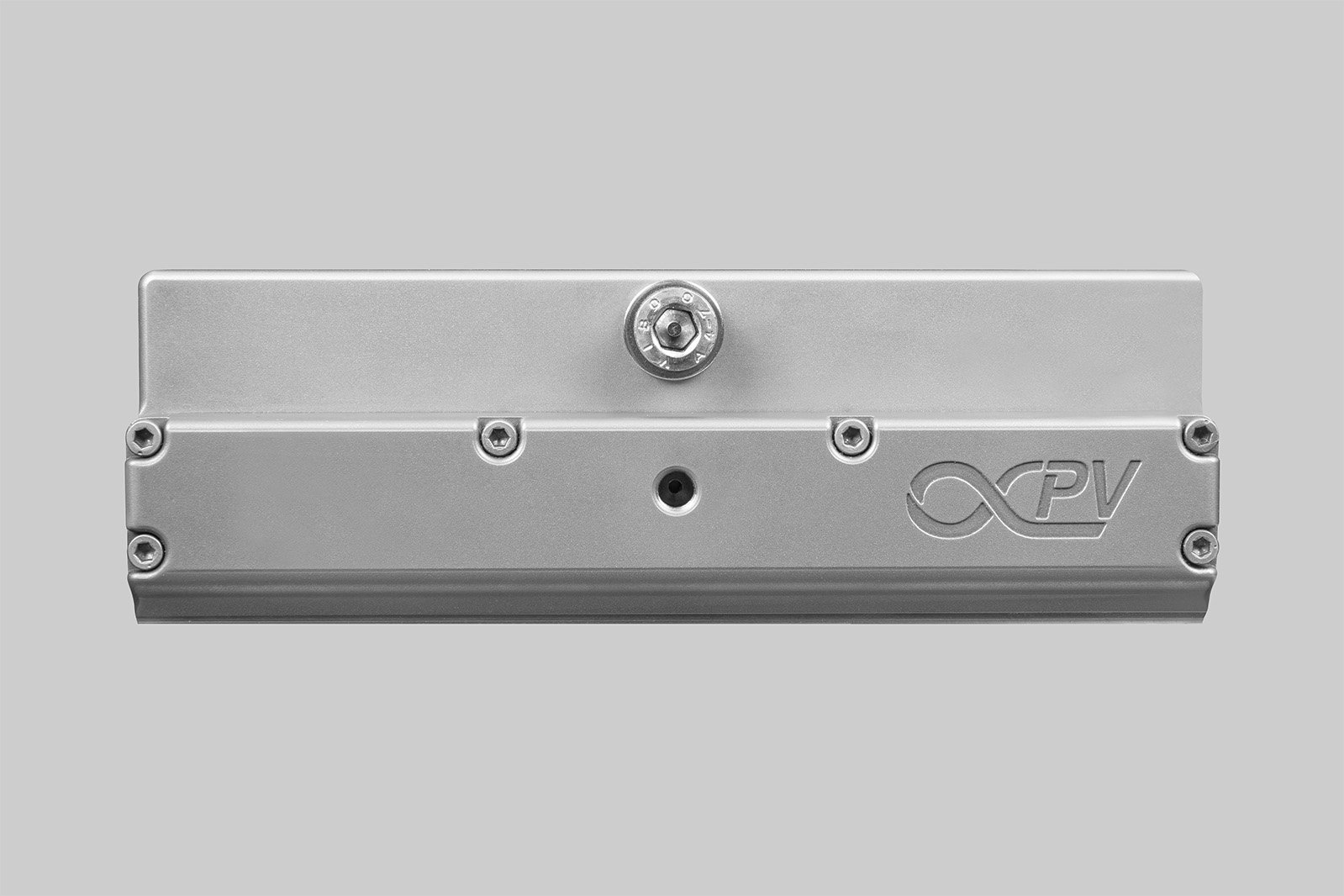

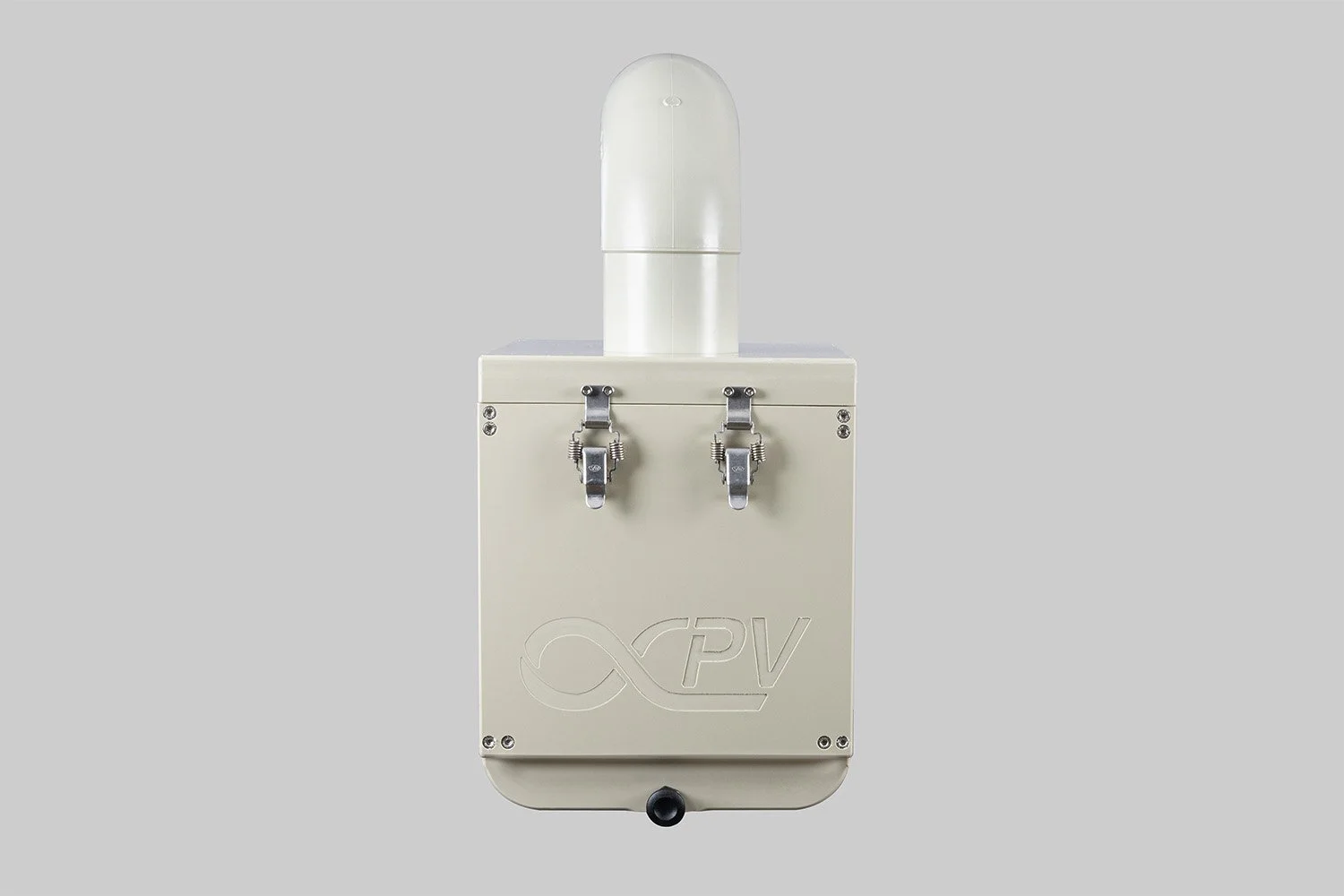


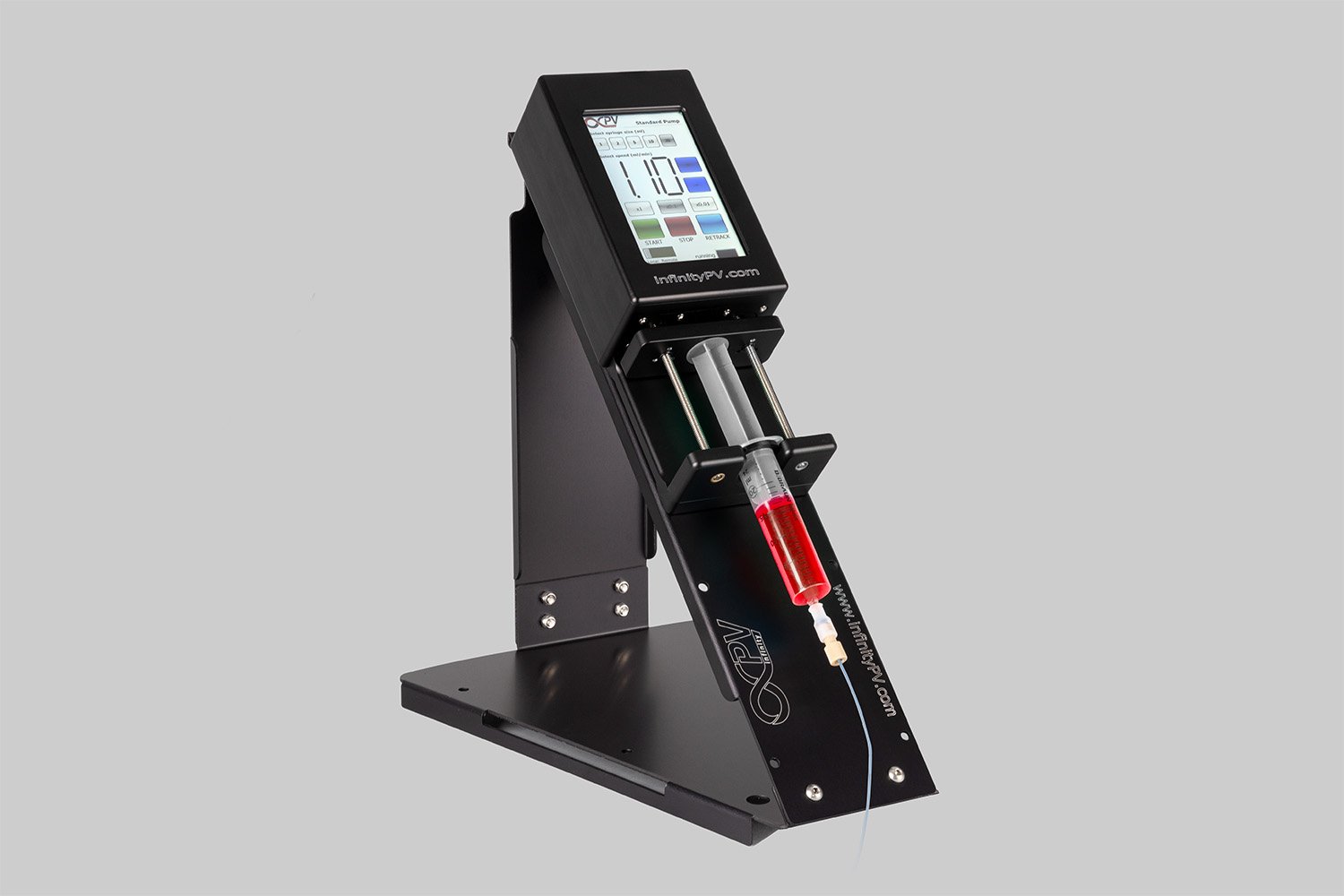
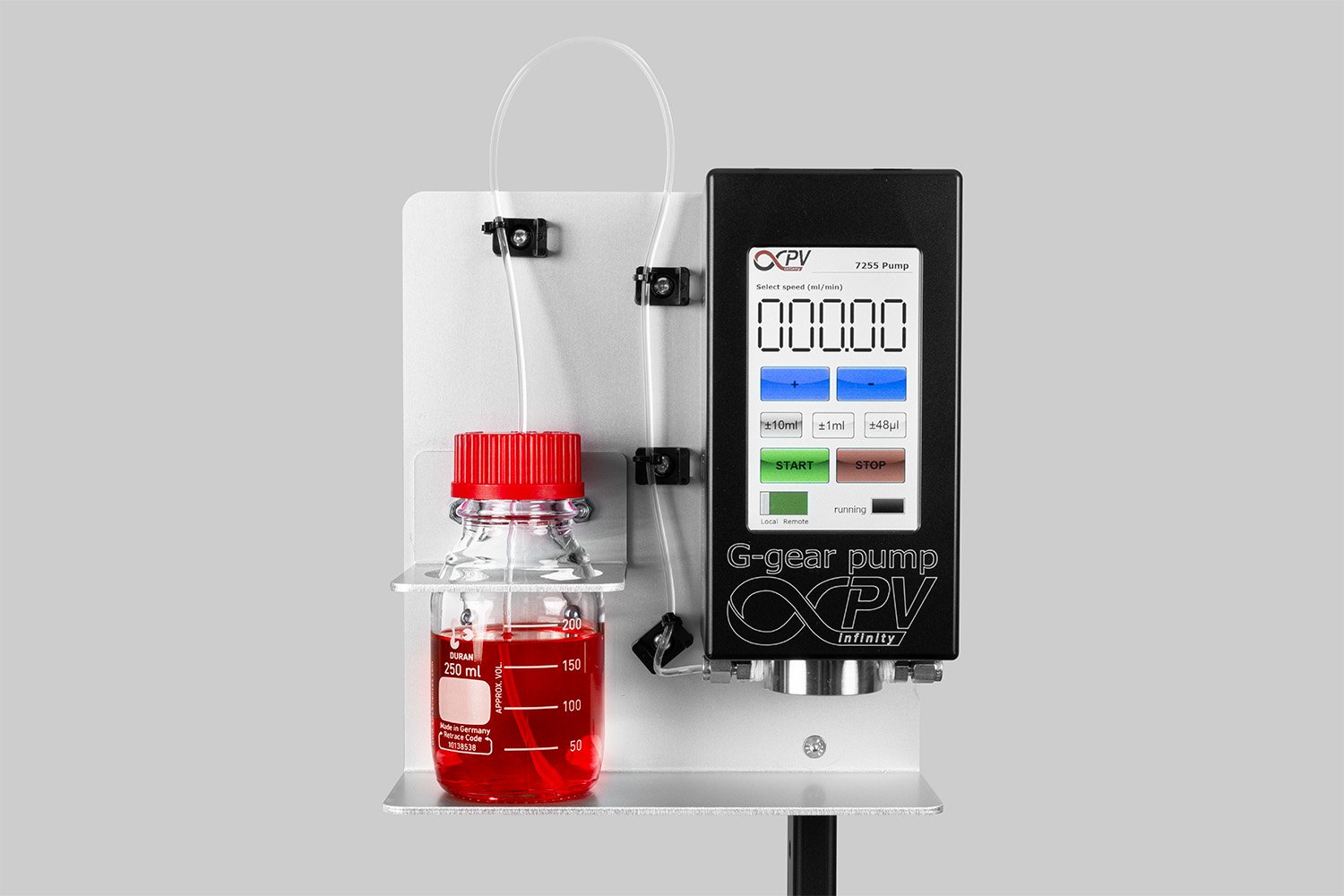



Probably the World’s Most Compact R2R Slot-die Coater: A compact, fully integrated roll-to-roll coating platform for laboratories, complete with a mounting system, anodized rollers, a syringe pump, a 65 mm stainless slot-die head and an infrared oven system—delivering unmatched precision and scalability.